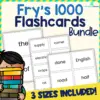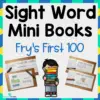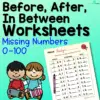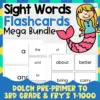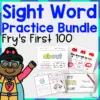This list provides various activities to teach the letter D. From tracing, writing, and coloring sheets to letter D crafts, children will find these activities enjoyable. Learning letters is an important preschool skill.
Children will remember the letters well if they are presented creatively. Check out our list of fun letter D tasks that children will love to do.
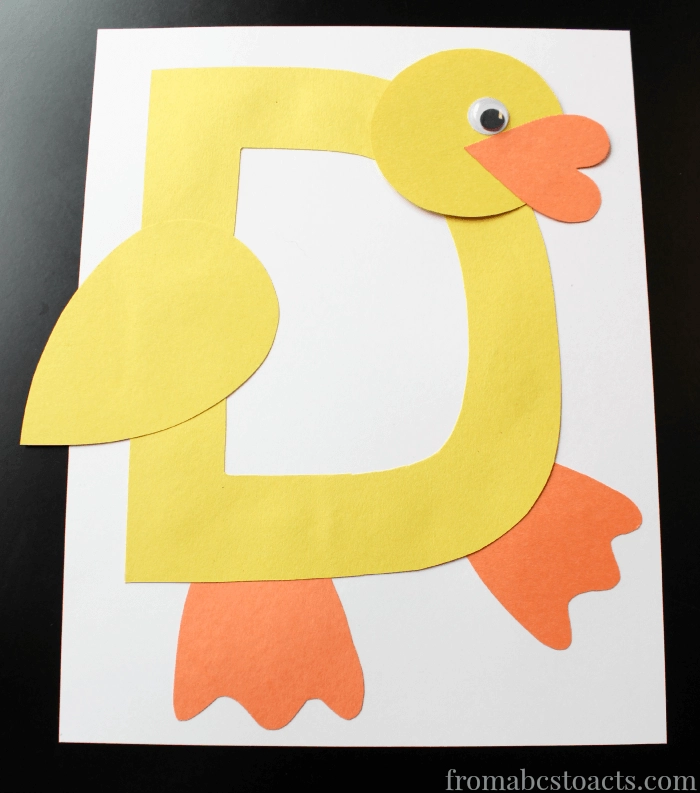
The right color and shapes make this duck adorable to look at and make. Children will enjoy getting in on the fun of putting together the pieces to make this letter come to life in the form of a waddling duck.
This activity will help children learn to recognize the letter D and associate the letter with the word “duck.”
Start with an outline of the letter D on yellow construction paper. Cut out and stick this on the white cardstock. Cut a circle and a teardrop shape from the yellow paper for the head and wing. Attach these to the letter D.
Use the orange construction paper to cut out two feet and a heart shape for the beak. There are no templates for this piece but refer to the pictures on the site for more details. Glue the feet and the beak onto the duck.
Lastly, add the googly eyes to complete the duck. Use this craft to go with the book, “D is for Duck” by David Melling. This hilarious story is about a duck magician that brought out different animals from his magical hat.
It is also great to use this craft for rhymes and songs about ducks, such as “Five Little Ducks.”
For this activity, you will need:
- White cardstock
- Construction paper
- Scissors
- Crayons
- Glue
- Googly eyes
For more information on this activity, go to FromABCsToACTs.com.
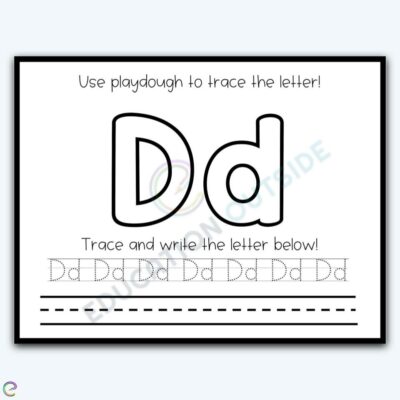
This playdough mat is a great way for children to learn the letter D and improve their fine motor skills while having fun. Playing with clay will help strengthen their finger muscles.
The stronger their muscles, the better they will be at holding the pencil or markers better during writing and coloring tasks. In effect, they will have better handwriting.
Head over to the site to download and print this resource. Give the children some play dough to mold and fit inside the letters. Point out that they need longer parts for the straight lines and curved parts for the curved lines.
Once finished working on the playdough, have them trace the letters with dotted lines using a pencil or a marker. Next, have children copy and write the letters on the line at the bottom of the mat.
Guide children as they focus on which line to write first. Help them trace the playdough and provide prompts such, as “make a straight line” or “go down” and ” make a curved line”.
Knowing the correct order will enable them to remember how to write the letters better.
For this activity, you will need:
- Printed playdough mat
- Playdough
- Pencil or marker
For more information on this activity, go to EducationOutside.org.
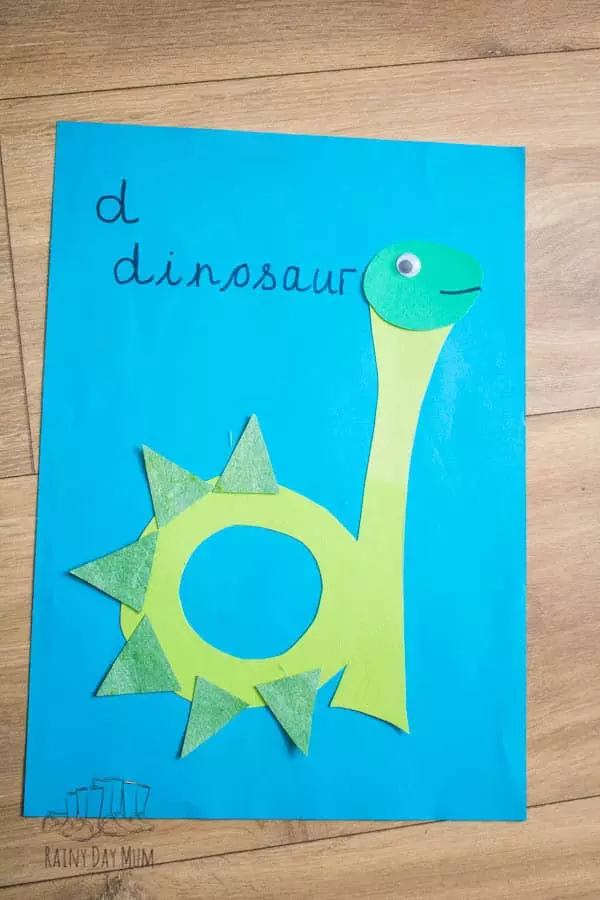
Children will have a blast as they learn the letter d with this dinosaur craft. This letter craft is simple and easy to make even for young children. It is also a great activity to improve their cutting skills. Use this craft for songs and rhymes about dinosaurs.
A great use for this dinosaur letter is to cue children on how to write the letter d. As they write, say to the children, “Look at the dinosaur. Make a straight line from the head going down. Make a circle on its back for the spikes.”
To make the dinosaur, outline and cut out a letter d from green paper. Cut out an oval shape for its head. The site recommends using a shape puncher for younger children if available.
Next, cut out six triangles for the dinosaur’s spikes. Glue the oval head on the top part of the letter. Add the spikes on the curved part. Use a marker to draw the mouth. Lastly, glue the googly eye to complete the craft.
For this activity, you will need:
- Various shades of green paper
- Marker
- Scissors
- Glue
- Googly eyes
For more information on this activity, go to RainyDayMum.co.uk.
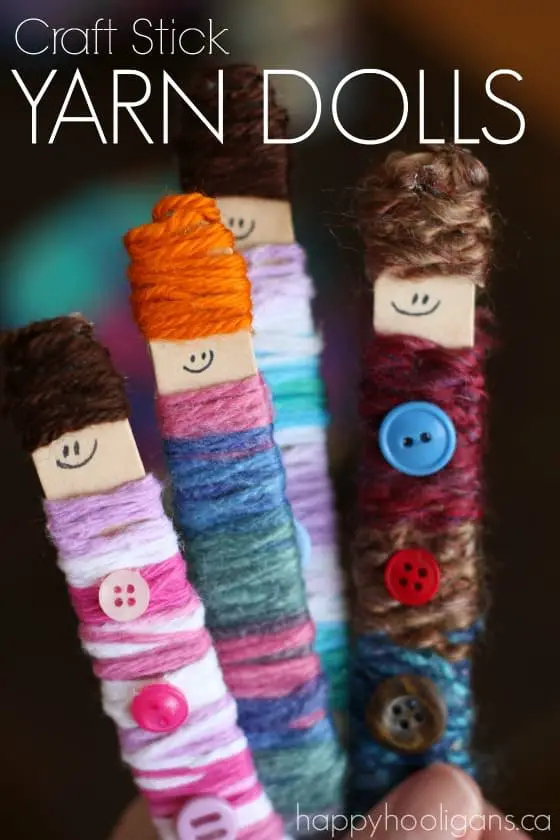
This versatile craft can be used in so many ways. It is perfect as a bookmark. One doll can be made in different shades of the same color to teach the concept of lightness and brightness.
The number, color, and shape of buttons on the body can be modified to teach counting and patterns. The facial features can be modified to teach emotions. Have children make several of these to represent their families and use them to tell stories.
To make the doll, let the children choose the color of yarn that they want for the doll’s dress. Cut a long piece and have them wrap it around the yarn until the stick is no longer visible. Leave an inch on the top uncovered for the face.
Next, choose another color of yarn for the hair. Have children wrap the top part of the craft stick. Secure the end of the yarn with glue. Draw the facial parts of the doll using a marker. Lastly, add the buttons using glue to complete the craft.
For this activity, you will need:
- Craft sticks
- Yarn
- Buttons
- Low-heat glue gun
- Marker
- Scissors
For more information on this activity, go to HappyHooligans.ca.
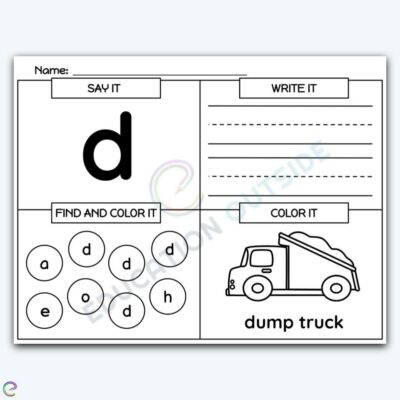
This four-in-one activity sheet is a no-prep activity for children to practice learning the letter d. It helps children identify the letter and write it. A picture with the beginning letter is also provided.
Download and print the activity sheet from the site. Have children look at the letter and say its name. They may also use their finger to trace the letter. Next, provide a pencil or marker to write the letter on the lines.
Have children write as many lowercase as they can as a practice. Let children find the letter d in the group of circles. Have them shade, check, or cross out the correct circle.
Next, let the children look at the picture. Ask them if they know what it is. Tell the children that the word dump truck starts with the letter d. Let the children color the picture.
Extend this activity by having them think of other objects that begin with the letter d.
For this activity, you will need:
- Printed activity sheet
- Pencil or marker
For more information on this activity, go to EducationOutside.org.
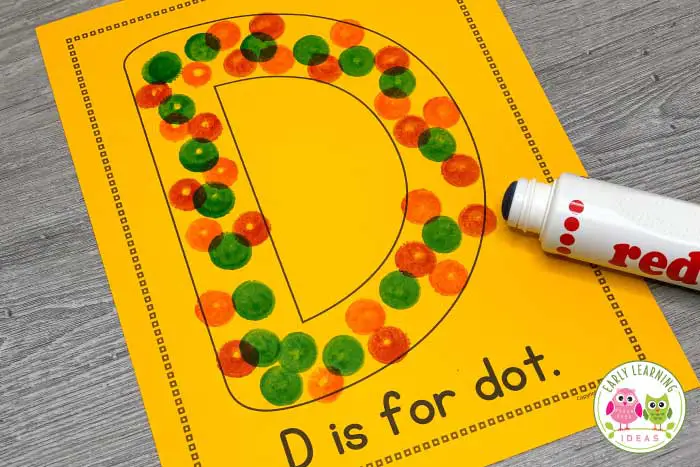
This letter activity is a great way to help children connect a visual image with its beginning letter. In this case, dots are used to help children learn the letter D. This craft is so simple that even young children will have an easy time completing the task.
Use different colors of bingo markers to make dots. Children will also learn to identify colors as they work on the letter. Use regular markers to make different sizes of dots. Children can compare the size of the dots. They can also count them.
Download and print the letter template from the site. Provide bingo markers for children to use. Have them mark the inside part of the letter. Let them fill the bubble letter completely with dots.
Extend this activity by having children look around their room to find dots. Use this activity to go with the book “The Dot” by Peter H. Reynolds, which is about a girl named Vashti who discovered her artistic abilities after making a single dot on paper.
For this activity, you will need:
- Printed letter template
- Bingo markers
For more information on this activity, go to EarlyLearningIdeas.com.

D is for dirt is a great activity for the sensory bin and requires minimal preparation. It needs readily available materials such as potting mix or any soil that has been cleaned and sanitized for children’s use.
This activity allows children to experience being treasure hunters going on a hunting spree, looking for hidden letters, especially the letter D which is buried in the dirt.
Children will learn about identifying the letters as they explore the texture of the sand. Their hand muscles will also become stronger as they use tools to dig up the letters buried underneath.
Place an ample amount of soil in the bin. The soil should at least fill half the container but not full. Hide the foam alphabets under the soil and let children find them.
Modify the activity by using tools such as hand rakes or trowels. If possible, include water for mud play. The mud will make identifying the hidden letters more challenging and fun.
Hide as many letter Ds as possible along with the other letters of the alphabet. Give a point for every letter that they can find. The letter D should have the highest point. Reward the child or group of kids with the highest score.
For this activity, you will need:
- Potting soil
- Foam alphabet puzzle
- Large bin
- Digging tools
For more information on this activity, go to ABCSeeHeardDo.com.
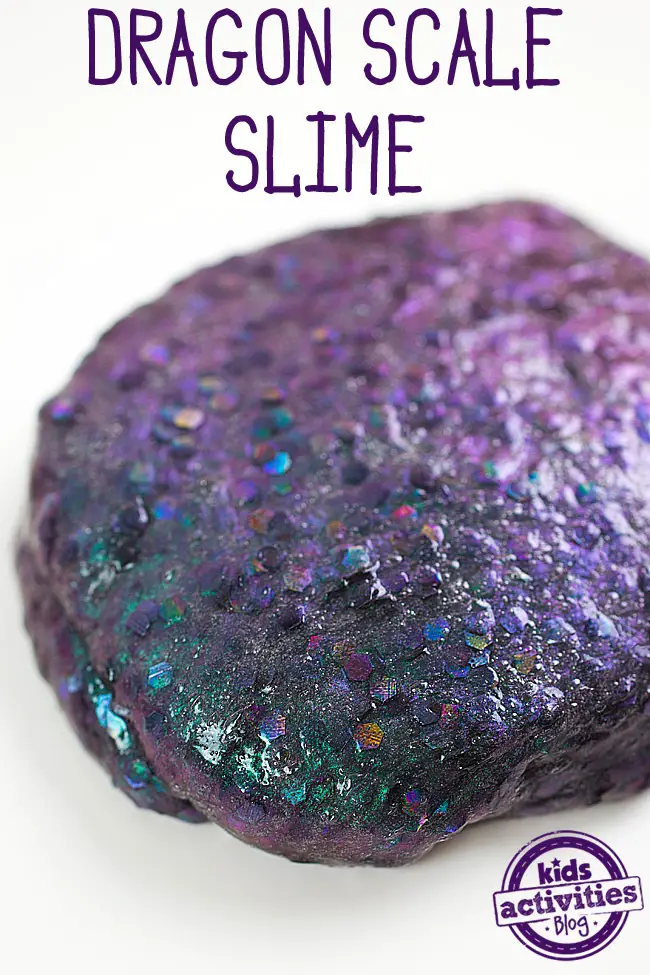
Hands-on activities are a surefire way to get kids engaged, so make dragon slime to reinforce and correlate to the letter d. This shimmery and highly textured slime will fascinate children who love fantasy and dragons.
Making slime teaches science and can be used as part of your letter curriculum. This includes the properties of the materials and reactions when mixed. These are worth discussing after an experiment that gives wonderful results, such as this slime.
Make the slime by emptying the bottle of glue into a bowl. Mix in half a tablespoon of baking soda. Use a craft stick to mix the ingredients. Add half a teaspoon of any cosmetic powder such as loose or cracked eye shadows to add color to the slime.
Next, add two tablespoons each of water and holographic glitter and mix. Prepare one and a half tablespoons of saline solution and add this to the mixture a little at a time. Keep mixing the ingredients until fully combined.
Next, take out the slime from the bowl and knead for several minutes or until the desired texture is achieved. Now it’s time to play!
For this activity, you will need:
- Baking soda
- Cosmetic power
- Clear glue
- Holographic glitter
- Saline solution
- Water
- Bowl
- Craft stick
For more information on this activity, go to KidsActivitiesBlog.com.
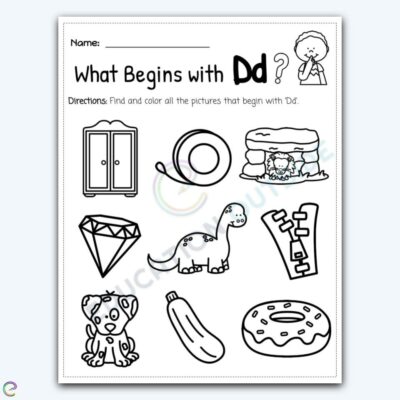
This worksheet teaches children letter-sound correspondence by identifying pictures that begin with the D sound. When children are able to name the letters, they will begin to understand that these letters have a specific sound.
This letter sound can be heard in words as represented by pictures. As they work on this task, children will learn to auditorily discriminate sounds. They will be able to tell which of the pictures has the D sound and which does not.
Download and print this resource on the site. Once the children have written their names, explain the task. Read the question and the directions. Point to the letter D and ask children if they still remember its sound.
Next, have them say the name of each object on the picture. Prompt by asking if they can hear the /d/ sound. If they do, then they can color the picture. Repeat the process until all pictures with the D sound are identified and colored.
For this activity, you will need:
- Printed activity sheet
- Crayons or markers
For more information on this activity, go to EducationOutside.com.
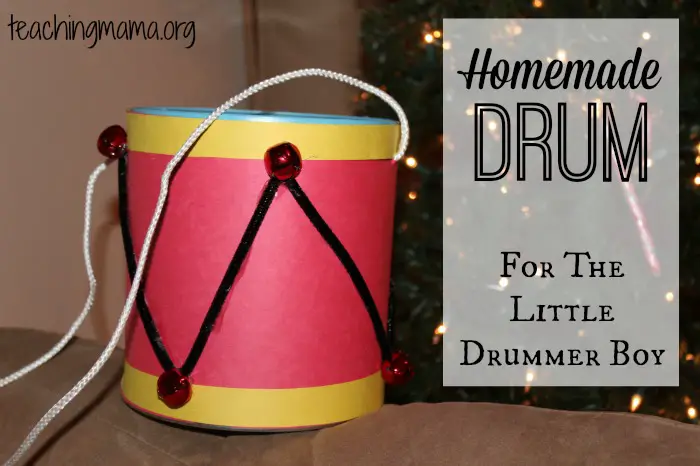
Repurpose large containers to make a special musical instrument fit for the little drummers. Children will love to play with the drum as they learn the letter D.
It is also a great craft to go with the book “The Boy With a Drum” by David Harrison. It is a story of a boy playing his drum as he marches toward the hill followed by a line of animals.
Children can retell the story using the drum. They can also say the D sound as they beat their drums to help them associate the letter with its sound.
Drill two holes in the canister for the rope, so the drum can hang on the child’s neck. Cut the rope to the preferred length. Base the length on the child’s neck and add a few inches for tying the knot.
Insert the rope in the holes and tie a knot to secure. Cover the canister with construction paper. Cut the paper to size and wrap it around the container. Use the hot glue gun to secure the paper.
Lastly, add embellishments such as pipe cleaners and bells to make the drum look appealing.
For this activity, you will need:
- Large canister
- Construction paper
- Hot glue gun
- Scissors
- Bells
- Pipe cleaners
- Rope
- Drill
For more information on this activity, go to TeachingMama.org.
Conclusion
It is important to expose children to many different activities that promote learning about letters. As children engage in these activities, they become familiar with what the letter D looks like and its sound.
Consider using these activities in your next lesson. These can be tailored to fit the needs of every child in class. Thank you for reading!


